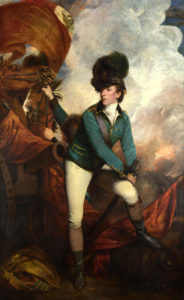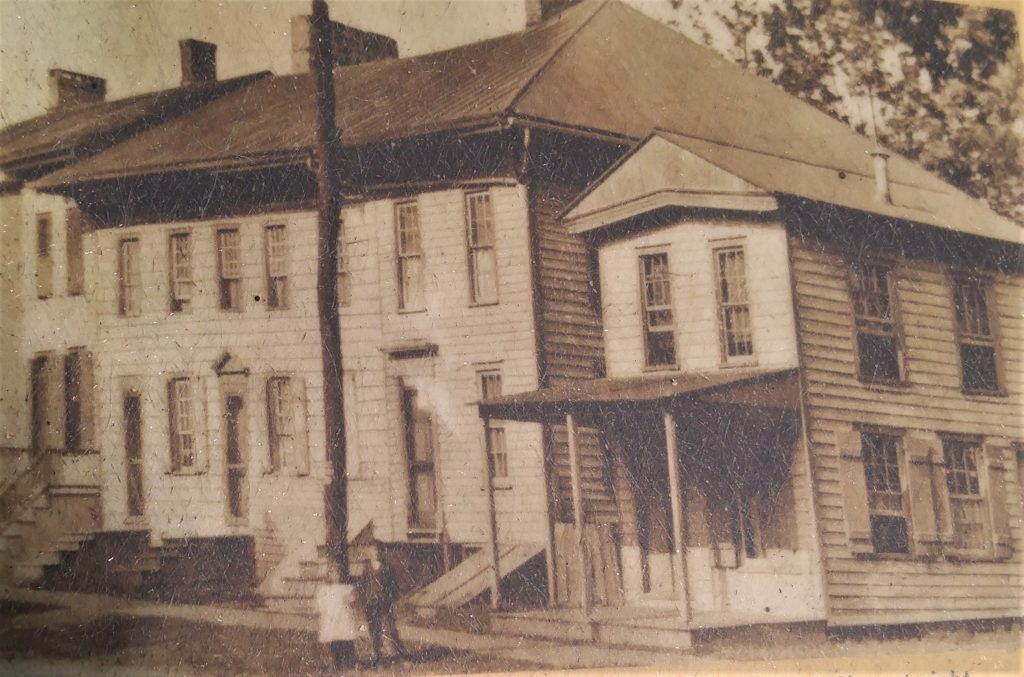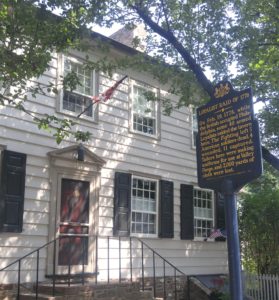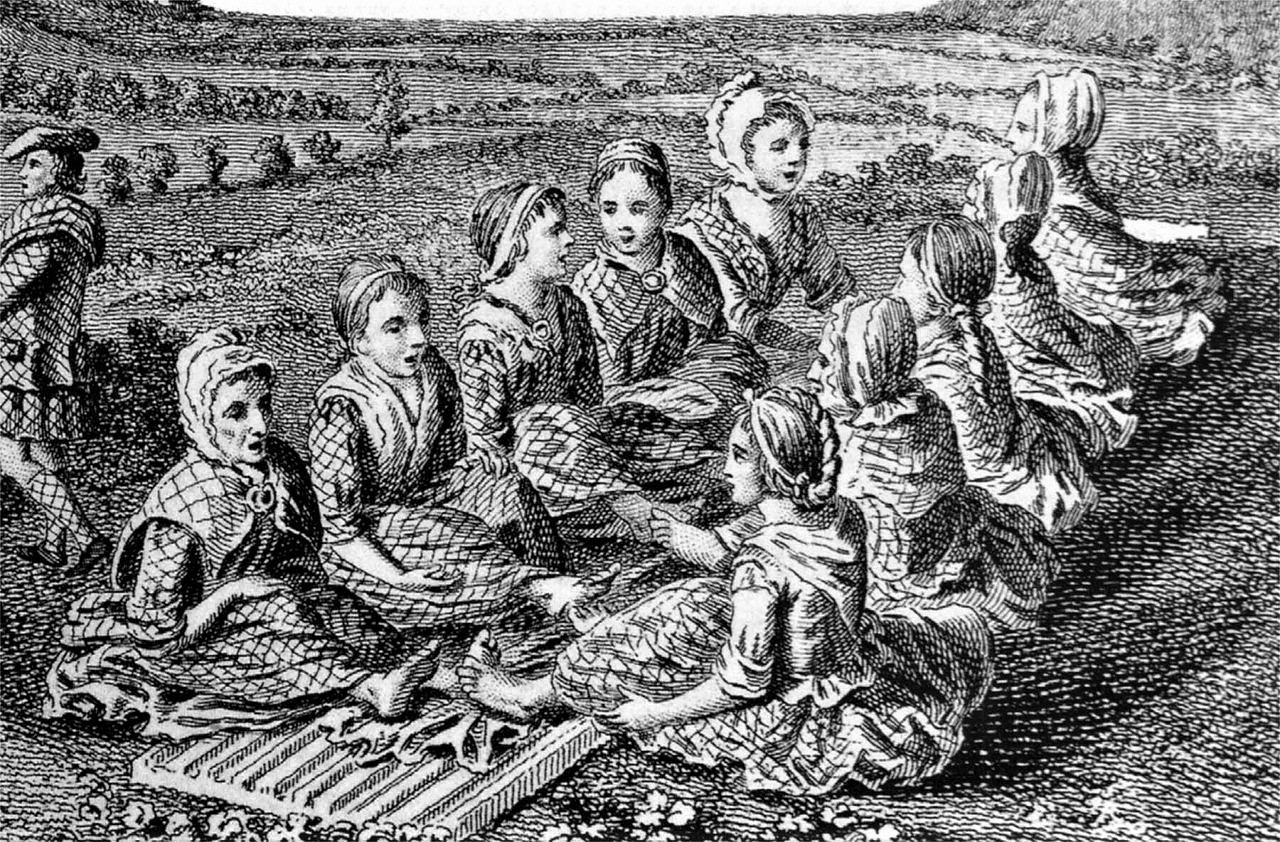Recalling the “shock and awe” attack on Bucks by Torresdale soldiers in 1778.
Lazy-day boating and fishing from a pier embellish scenery on Lake Luxembourg in Middletown this time of year. It’s hard to even imagine that 240 years ago this was the site of unprecedented violence in Bucks County during the American Revolution. I hadn’t realized that the last time daughter Genevieve and I kayaked the lake.

During the Revolution, a dirt road, thick woods and water-powered Jenk’s Fulling Mill on Core Creek existed where the lake is today. Mill workers used clay to wash dirt, oil and impurities from wool, then kneaded it with their feet to compress it. The process was known as fulling. The resulting textile was shipped on Fulling Mill Road to nearby Newtown. There tailors turned it into military uniforms at the Old Frame House Tavern, today’s Bird-in-Hand private residence on State Street. In the bitter winter of 1778, George Washington’s 10,000 troops at Valley Forge desperately needed those uniforms.
Philadelphia at the time was occupied by British Gen. William Howe and his 15,000-man army. He was determined to suppress any efforts in Bucks to aid Washington. So he commissioned two men with knowledge of the county to organize a swift-strike cavalry auxiliary in Torresdale, an affluent Tory enclave of Northeast Philadelphia. Capt. Richard Hovenden of Newtown commanded 30 cavalrymen while Capt. William Thomas of Hilltown headed 40 foot soldiers. Uniformed in green jackets and helmets, the platoon presented an intimidating front in “shock and awe” tactics favored by Howe.


Hovenden’s unit marauded across Bucks, stealing livestock and creating havoc. The raids distressed Washington who pleaded for help from state government which could do little. Bucks County citizens, wrote Washington, “have suffered much by the enemy carrying off their property without allowing them any compensation, thereby distressing the inhabitants, supplying their own army and enabling them to protract the cruel and unjust war that they are now waging against these States,”
On the night of Feb. 18, 1778, Hovenden’s men headed for Jenk’s mill 26 miles from Torresdale. Taken by surprise, Continental troops guarding the strategic factory surrendered without firing a shot. Hovenden confiscated all the wool before setting the interior afire. The interlopers then struck west on Fulling Mill Road into Newtown to target the tavern. A year earlier the inn served as a temporary jail for Hessian officers captured by Washington in Trenton after his celebrated crossing of the Delaware on Christmas night 1776. Now with the British occupying Philadelphia, the tavern was a beehive of tailors stitching Jenk’s wool into uniforms.

When Hovenden’s cavalry and infantry came into view, a sentry fired a warning shot. Major Francis Murray of the home guard and 16 pickets took cover behind a stone wall and directed rifle fire at the enemy. Before they could reload for a second volley, Hovenden brought 70 guns to bear. It was no contest. Five Continentals were shot to death, four others were gravely wounded. It was a greater toll than suffered by Washington’s army in Trenton. The Torresdale infantry swarmed the inn, capturing the major, 8 officers and 24 privates plus the tailors. The raiding party marched back to Philadelphia with wagon-loads of woolen goods and the prisoners in a thrust that took less than 24 hours. News of the skirmish heartened the British who declared cloth seized was “enough for 500 men.” A Loyalist city newspaper boasted, “Too much commendation cannot be given to this gallant action (that) must certainly meet with the applause of the public.”
In the months to come, the raiders roved freely in Bucks. Hovenden intercepted 150 oxen bound for Valley Forge and rerouted them plus 8 prisoners to Howe. The captain also forayed into Bristol where he captured Col. Joseph Penrose and several of officers of the 10th Pennsylvania Regiment.
Though operations were going well to quell local resistance, setbacks elsewhere caused Howe to abandon Philadelphia in June 1778. Hovenden moved out with them and continued to serve the British until he was captured in Yorktown, Va. After the war, he retired to Canada. Major Murray survived two years of imprisonment on Long Island, returned to Bucks and became a county commissioner.
Today, the former Old Frame House Tavern built in 1686 remains the oldest frame building still standing on its original site in Pennsylvania. Fulling Mill Road from Newtown running to its end in a cornfield at Lake Luxembourg is the only reminder of once was. The ruins of the fulling mill disappeared under the lake in 1975. Next time I do a little boating with Genevieve and grand kids Dashiell and Margaux we’ll linger mid-lake where the foundation of Jenk’s mill exists 26 feet below. Then I’ll tell them the story.


Sources include “The Loyalist Raid on Newtown: The Consequences of Being Surprised” by Andrew A. Zellers-Frederick published on March 5, 2018 in the Journal of the American Revolution; also thanks to reader Andy Barniskis for suggesting a column on this subject plus help from the Langhorne Historical Society.

